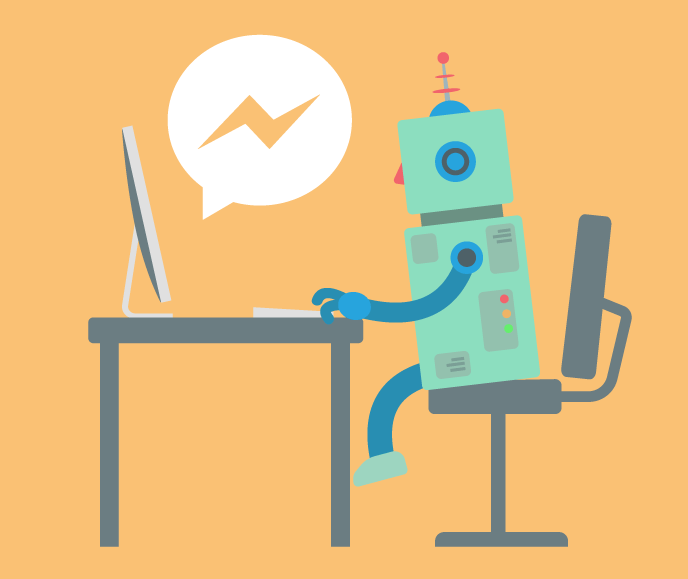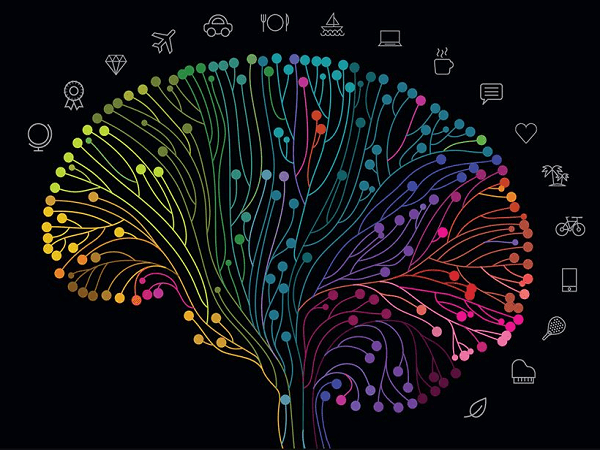Though we’ve already seen many uses of artificial intelligence (AI) in the modern world, such as improving healthcare and changing the role of designers, the possibilities that lie ahead make it seem like an untapped resource waiting to be found…and it’s all thanks to machine learning.
Current Trends in Artificial Intelligence: The Many Uses of Machine Learning
AI and machine learning go hand-in-hand like the best of friends. Just like peanut butter and jelly and burgers and fries, AI and machine learning are best when paired together.
True, while the other food combinations are separate entities that pair well together, machine learning is actually a subset of AI that happens to be one of its most expansive and beneficial applications.
This is because machine learning is quite literally what its name implies: a machine learning.
More specifically, machine learning uses statistical techniques to give systems the ability to not only learn without being explicitly programmed, but also to improve with use, which leads to a plethora of uses that range from conversational commerce to self-driving cars.
Like I said, an untapped resource.
As for artificial intelligence future trends, let’s take a look at some AI predictions for 2019 we’re bound to see.
1. The Rise of Chatbots and Conversational Commerce

If you’ve never seen or heard about them—although shopping in today’s online ecosystem makes that highly unlikely—chatbots are like people who live in a website or app at all hours of the day, providing 24/7 support to a brand’s many users.
In reality, chatbots are AI-based programs that “speak” with users as they help them out or guide them through the customer journey, and use machine learning to improve their interactions over time.
For instance, when you land on a website and a chat bubble appears with a usually bubbly chatbot personality asking how they can help you out.
Anyway, while they’re becoming more common by the day, 2019 seems ripe for a chatbot explosion championing conversational commerce as the new way to shop.
For example, don’t get surprised if you see the following interaction while shopping online in the coming year:
- Chatbot: Hello there! Is there anything I can help you with today?
- User: I’m looking for a small men’s shirt
- Chatbot: We have a very wide selection of small shirts for men, and I’m sure I can find something to your liking. Are you looking for something specific?
- User: A black crew collar shirt
- Chatbot: A black shirt with a crew neck, got it. Do you have a price range?
- User: The cheaper the better
- Chatbot: Okay — shall we say under $20?
- User: That’s good
- Chatbot: Excellent! What do you think of these?
2. A Connected World with IoT
Long story short, the Internet of Things (IoT) is the network of physical devices, vehicles, home appliances, and other items embedded with electronics, software, sensors, actuators, and connectivity which enables these things to connect, collect and exchange data.
In other words, IoT is all about machine-to-machine communication, and leads to “smart homes” made smart through home automation and .
For example, imagine the following scenario, in which you have a variety of smart appliances that can all be synced up with each other, and controlled with a AI-enabled digital assistant like Apple’s Siri or Amazon’s Alexa:
- It’s a cold winter night and you’re about to arrive at your home, so you pull up your phone and tell your digital assistant to activate “Home Warming.”
- You soon arrive home, and see that the lights inside are already on.
- Upon entering, you also find that the heater has been turned on and was running on high for a couple of minutes, before going back to normal.
- You also find that the electric tea kettle in the kitchen is filled with steaming water, ready to be infused with some delicious chamomile tea.
As you can see, AI and IoT come together in home automation to create a centralized ecosystem in which multiple systems and devices work in sync according to your preferences.
3. Personal Technology Making Our Lives Easier and More Interesting
Rounding up the list, because there isn’t “one” latest technology in artificial intelligence, we’ll cover a few technologies that are making—and will continue to make—our lives easier and more interesting thanks to AI.
Smart Devices
We touched on smart devices while talking about IoT and home automation, but here’s where we dig deeper.
From smartphones to smart speakers, smart devices are practically everywhere nowadays. You can find them in your kitchen, in your living room, even in your pool.
The point being that, thanks to an AI component that allows these devices to communicate with each other so you can get the most out of them, a lot of smart devices are coming out that were previously lacking the smart component.
For example, here are some we already have that are likely to keep on improving:
- Smartphones like the iPhone and the Samsung Galaxy S
- Smart speakers like Amazon Echo and Google Home
- Smart hubs like the Wink Hub 2
- Smart light bulbs like the Philips Hue
- Smart plugs like the Belkin WeMo Insight Smart Plug
- Smart thermostats like the Nest Thermostat
- Smart locks like the August Smart Lock Pro
Augmented Reality
Thanks to the popularity of applications like Snapchat and Pokemon Go, augmented reality (AR), a technology that superimposes digital objects over the real world, is making its way into more and more applications and websites. For example:
- IKEA Place, an app that allows you to virtually ‘place’ IKEA products in your home, is enabling product visualization at its finest.
- Glasses by Warby Parker, an app that can measure you facial features to find frames that will best fit you face (you can also do this online on Measure PD by Warby Parker).
Self-Driving Cars
Finally, while a lot more expensive than everything else we’ve covered today, the advent of actually self-driving cars from brands like Tesla seems likely to breed cheaper models from other brands in the future.
These cars, also called autonomous cars, pair AI with a variety of sensors to “see” what’s around them, allowing them to maneuver through highways and city streets without the need for direct driver control.
Let’s Take a Second Look
Did you get all of the AI predictions for 2019 we covered today? If not, don’t worry about it, here they are one more time:
- The Rise of Chatbots and Conversational Commerce
- A Connected World with IoT
- Personal Technology Making Our Lives Easier and More Interesting
Best of luck planning for the artificial intelligence trends 2019 will bring!





Tell us your thoughts in the comments